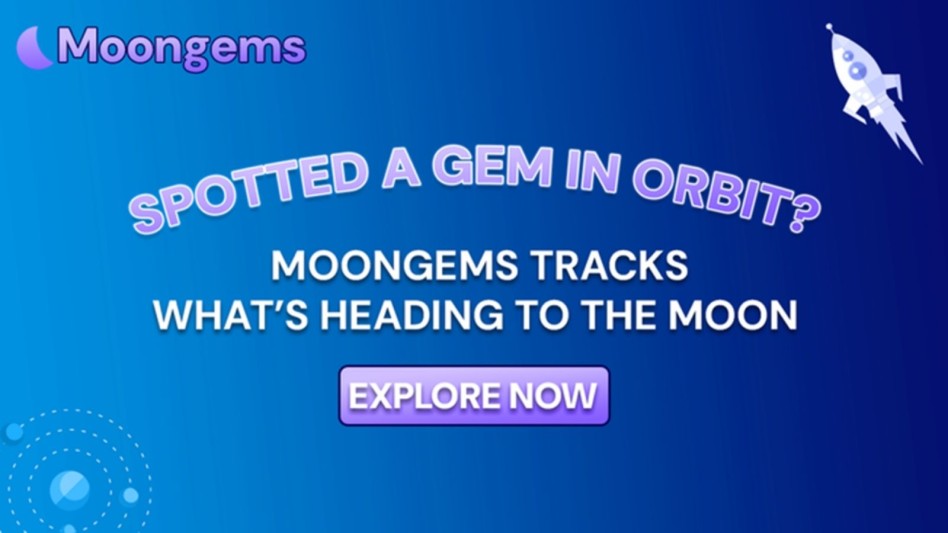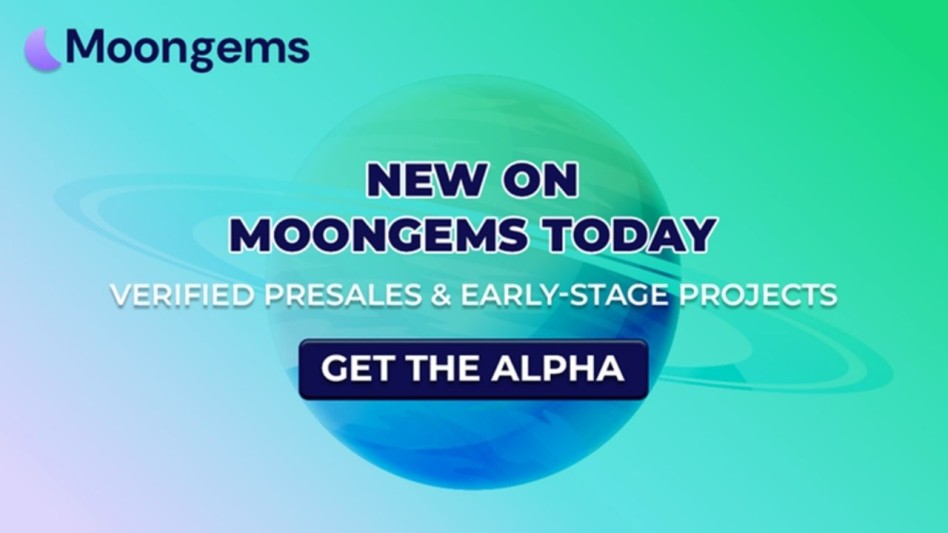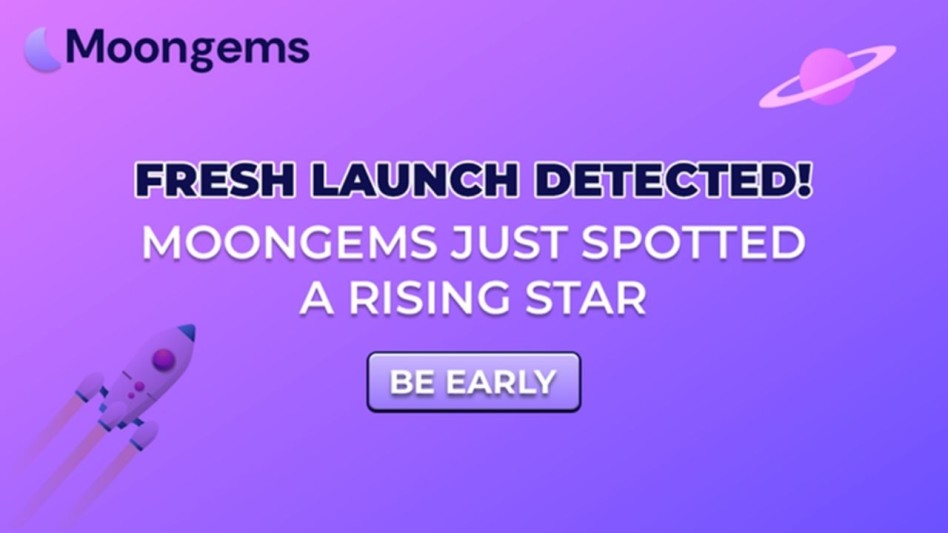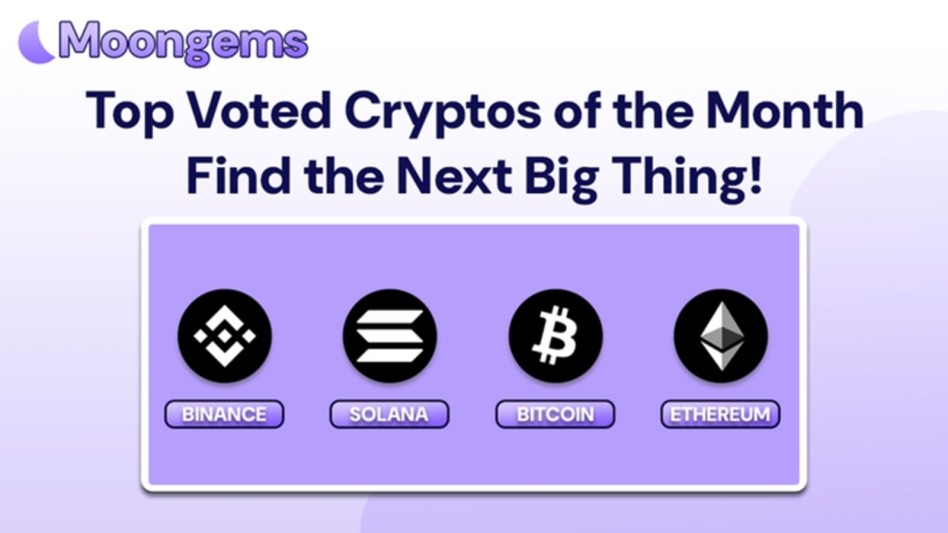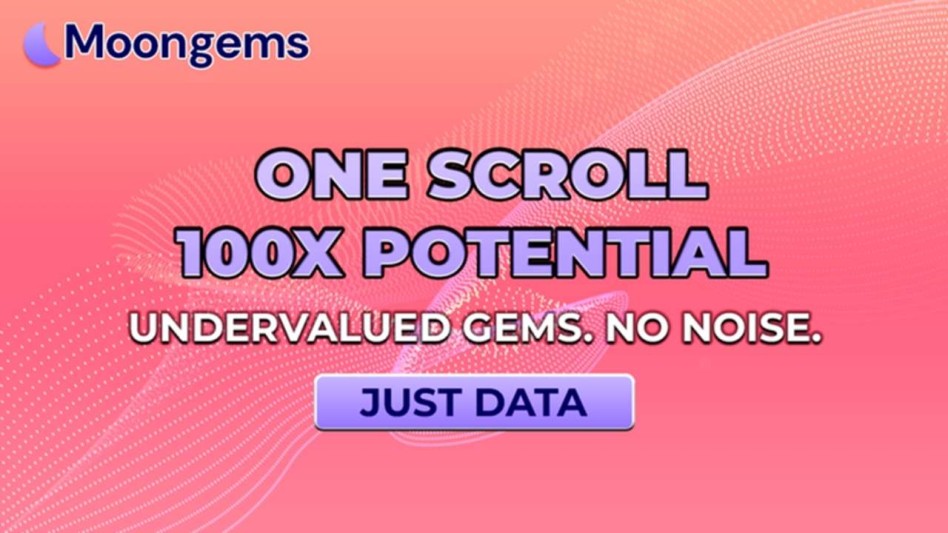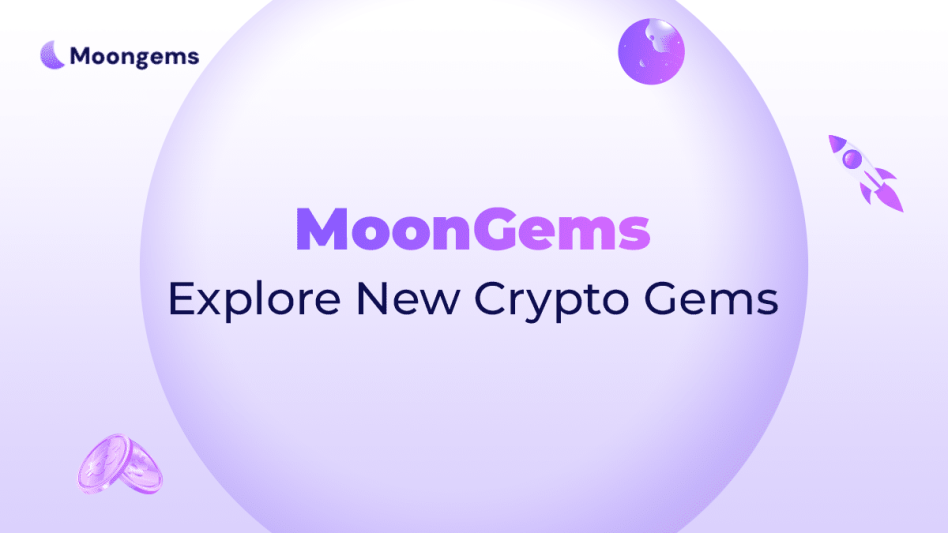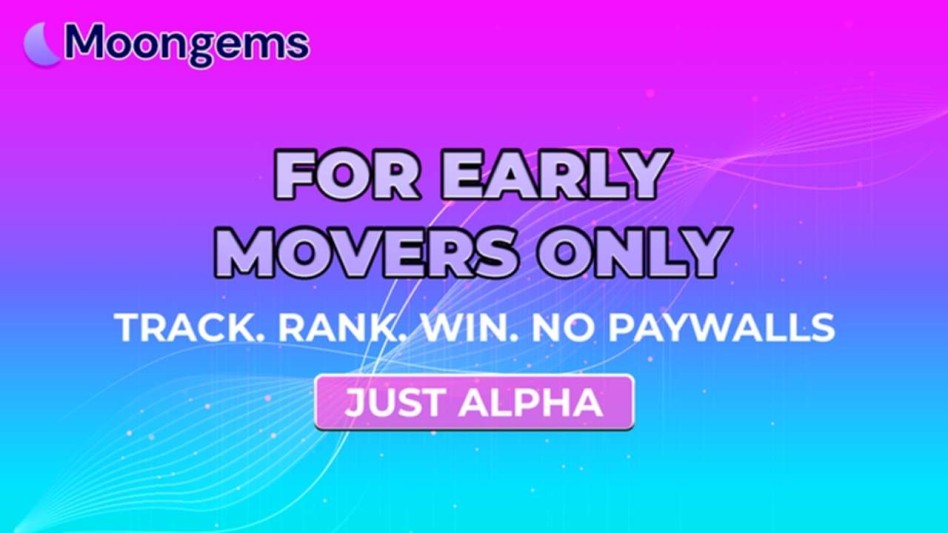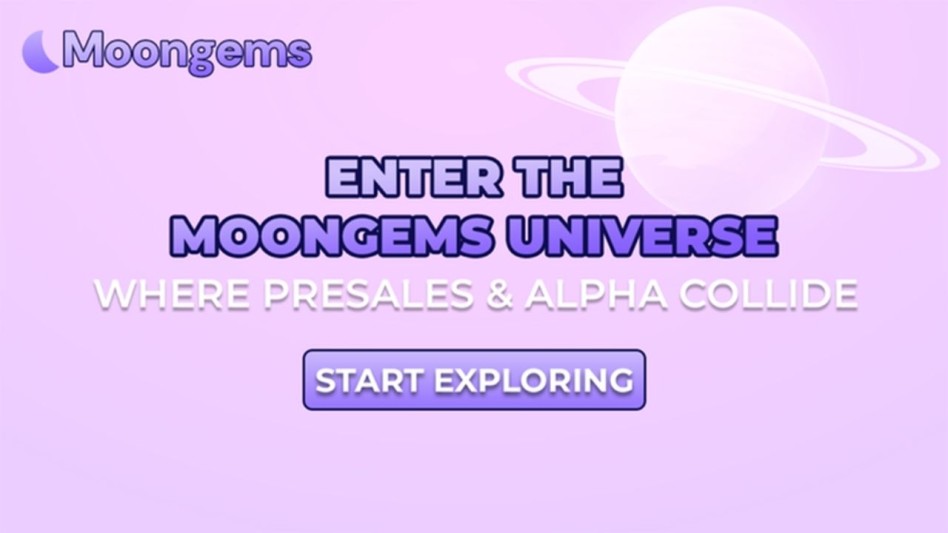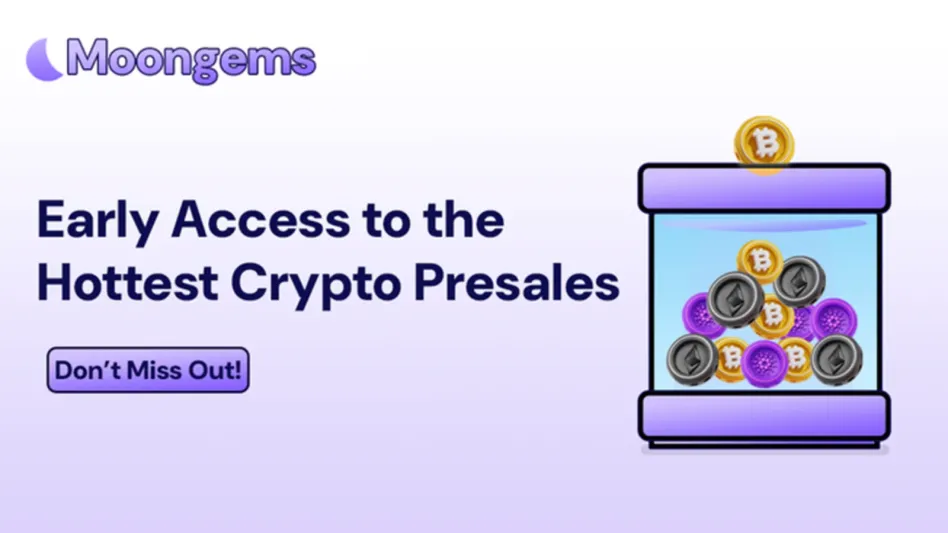Author: Jawad Hussain – Crypto Analyst & Web3 Researcher | 9+ years tracking presales, IDOs, and token launches. Follow him on Twitter
In the fast-moving world of crypto, "fair launch" gets tossed around like free airdrops during a meme coin rally. Everyone claims to be fair. Everyone promises transparency. But how many projects actually deliver?
With so many early-stage launches gated behind whitelists, VC allocations, and insider deals, it's no surprise that crypto investors in 2025 are craving a more democratic way in. Enter: the fair launch.
But what is a fair launch, really? And more importantly—should you trust it just because it says “fair”? Let’s break it down.
What Is a Fair Launch in Crypto?
A fair launch is a type of token launch where no one gets early access. No presale, no private sale, no allocations for VCs or insiders. Everyone—whether you’re a whale or a retail trader—has the same opportunity to buy the token at the same time and at the same price.
That means no discounts. No backdoor entries. Just a live listing, often on a DEX (Decentralized Exchange), and a community ready to ape in.
It’s kind of the crypto equivalent of a flash mob: it starts with zero and goes wherever the community takes it.
How Fair Launches Work: No Whitelist, No VCs, No Presale
Here’s how most fair launches go down:
- The team creates a token with no pre-minted supply for insiders.
- They deploy the smart contract to a blockchain like Ethereum, Solana, or BNB Chain.
- They add liquidity to a DEX (like Uniswap or Raydium).
- The token goes live—anyone can buy or sell it from the get-go.
- Marketing usually kicks off right at launch or shortly before to build awareness.
No allocations. No waiting lists. Just pure, open-market chaos.
Key Characteristics of a Fair Launch
Want to know if a project is truly fair? Look for these traits:
- No Private or Public Sale Before Listing
- Equal Access to Liquidity Pool at Launch
- No Token Lockups for Insiders
- Open Community Governance (optional but ideal)
- Transparent Token Supply & Contract Address
Many fair launch projects also burn LP tokens or lock liquidity to prove their commitment to decentralization.
But don’t just take the project’s word for it. Verify the contract, wallet addresses, and launch conditions on-chain.
Examples of Popular Fair Launch Projects
Not every fair launch becomes a blue chip—but some of the most iconic tokens in crypto history started as fair launches.
- Bitcoin (BTC): The OG of fair launches. No presale, no early access. Satoshi mined the first block, and anyone could join the network.
- Yearn Finance (YFI): A DeFi legend. Launched without a presale or VC backing. The dev said, “Don’t buy it,” and the token still surged to over $40,000 at its peak.
- Dogecoin (DOGE): Launched as a joke—but no insider allocations. Just pure meme magic and community adoption.
These aren’t anomalies—they’re proof that a fair launch, when done right, can build massive trust and traction.
Pros and Cons of Fair Launches
Pros:
- Equal opportunity for all investors
- No VC control or token dumps from insiders
- Stronger community loyalty and meme potential
- Transparent and easy to verify on-chain
Cons:
- No pre-launch funding = limited development runway
- No team incentives = less long-term motivation
- Can attract bots or snipers who front-run retail
- Prone to pump-and-dump if there's no real utility
In short, fair doesn’t always mean sustainable.
Is a Fair Launch Always Safer?
Let’s bust a myth right here: just because it’s a fair launch doesn’t mean it’s safe.
In fact, some of the worst rugs in history started as “fair launches.”
Here’s why:
- No presale = no accountability
- Anonymous devs can still mint more tokens or pull LP
- Lack of development funding can stall the project fast
So, while fair launches feel better, they’re not automatically better. You still need to do your own research, analyze tokenomics, and verify security measures like LP locks and smart contract audits.
How to Identify a True Fair Launch in 2025
If you’re looking to jump into a fair launch, ask these questions first:
- Is there any evidence of presale or seed allocation?
- Has the LP been locked or burned?
- Is the token contract verified on-chain?
- Is the team transparent about ownership?
- Are there bots buying up the token at launch?
Use platforms like MoonGems to sort tokens by fair launch filters, audit status, tokenomics transparency, and community size before aping in.
Should You Prioritize Fair Launches in Your Strategy?
It depends on your profile.
If you're a degen looking for a high-risk, high-reward play, fair launches might scratch that itch. They’re fast, exciting, and often community-driven. But if you're more of a long-term builder or serious investor, you’ll want to see roadmaps, funding, and sustainable token models—not just an open launch.
Pro tip: Use fair launches as part of a diversified strategy—not the whole strategy.
Conclusion: Fair Doesn’t Always Mean Profitable
In a world where private investors often score steep discounts and the average retail buyer ends up paying top dollar, the idea of a “fair launch” carries a strong appeal. It promises a level playing field—no backdoor deals, no insider access, just you, the open market, and a chance to buy in alongside everyone else. It sounds ideal, especially in a space that’s been plagued by rug pulls, centralized manipulation, and broken promises.
But while the concept of fairness is noble, it’s not a guarantee of success—or even safety. A fair launch doesn’t automatically mean the project is worth your money. Many tokens that claim to be fair still end up being rugged, abandoned by their devs, overhyped by influencers, or simply crippled by poor tokenomics and flawed contracts. Without strong fundamentals, community alignment, and responsible execution, fairness is just a word—not a strategy.
That’s why smart investors in 2025 are turning to research-backed tools and platforms like MoonGems, which help you dig deeper. MoonGems gives you access to transparency filters, project vetting, tokenomic breakdowns, and community insights—so you’re not just guessing based on buzzwords. With real data and due diligence, you can identify which fair launches are actually worth your time—and which are just dressed-up gambles.
Because in this market, the real edge doesn’t come from being early—it comes from being informed. Fairness is a great start. But your future profits? They begin with solid research and smart decisions.
FAQs
- What is a fair launch in crypto?
A fair launch is when a crypto token is released without any presale, private sale, or insider allocation. Everyone can buy in at the same time and price. - Are fair launches safer than presales?
Not always. While they avoid insider advantages, fair launches can still be exploited by bots, anonymous devs, or lack of liquidity. - How do I find fair launch tokens?
Use platforms like MoonGems that tag projects by launch type and offer filters for vesting, audits, and LP lock status. - What’s the difference between a fair launch and IDO?
An IDO (Initial DEX Offering) usually involves a whitelist, seed round, or vesting schedule. A fair launch has none of that—it's open from the jump. - Are fair launch tokens a good investment?
They can be—but only if backed by utility, community, and transparent contracts. Always DYOR. - Can a fair launch be a rug pull?
Yes. If LP isn’t locked or if the contract has minting functions, even fair launches can be exploited.
Glossary of Key Terms
Fair Launch – A token launch with no insider allocation or presale
Whitelist – A list of approved wallets allowed to join a private sale
LP (Liquidity Pool) – Token pairs used to allow decentralized trading
LP Lock – A security measure that prevents removing liquidity
Mint Function – A contract function that can create more tokens
Pump-and-Dump – A quick rise in price followed by a coordinated sell-off
Rug Pull – A malicious developer drains funds or abandons the project after launch
Disclaimer
This content is for informational purposes only and does not constitute financial advice. Always do your own research (DYOR). Investing in crypto involves risk — especially in early-stage projects.



